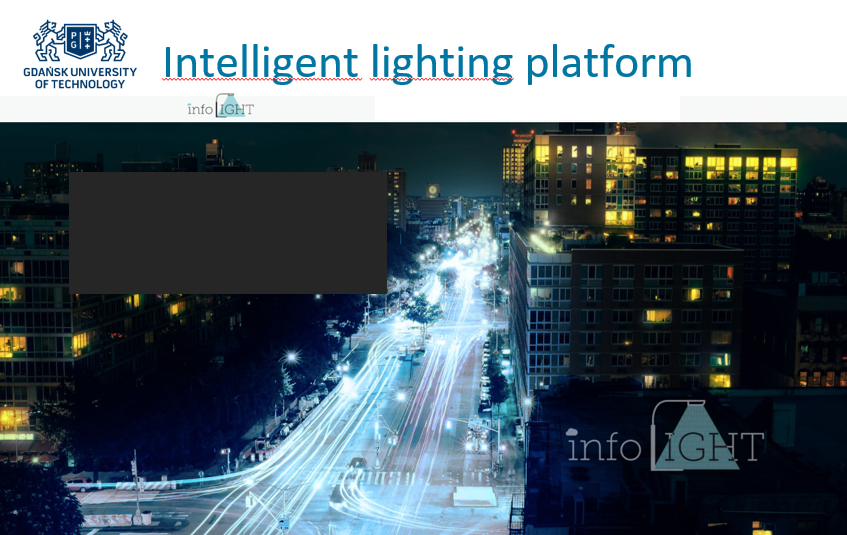1aBAb2 – Transcranial Radiation of Guided Waves for Brain Ultrasound
Eetu Kohtanen – ekohtanen3@gatech.edu
Alper Erturk – alper.erturk@me.gatech.edu
Georgia Institute of Technology
771 Ferst Drive NW
Atlanta, GA 30332
Matteo Mazzotti – matteo.mazzotti@colorado.edu
Massimo Ruzzene – massimo.ruzzene@colorado.edu
University of Colorado Boulder
1111 Engineering Dr
Boulder, CO 80309
Popular version of paper ‘1aBAb2’
Presented Tuesday morning, June 8, 2021
180th ASA Meeting, Acoustics in Focus
Ultrasound imaging is a safe and familiar tool for producing medical images of soft tissues. Ultrasound can also be used to ablate tumors by focusing a large amount of acoustic energy (“focused ultrasound”) capable of destroying tumors.
The use of ultrasound in the imaging and treatment of soft tissues is well established, but ultrasound treatment for the brain poses important scientific challenges. Conventional medical ultrasound uses bulk acoustic waves that travel directly through the skull into the brain. While the center of the brain is relatively accessible in this way to treat disorders such as essential tremor, the need for transmitting waves to the brain periphery or the skull-brain interface efficiently (with reduced heating of the skull) motivates research on alternative methods.
The skull is an obstacle for bulk waves, but for guided waves it presents opportunity. Unlike bulk waves, guided (Lamb) waves propagate along structures (such as the skull), rather than through them—as the name suggests, their direction of travel is guided by structural boundaries. If these guided waves are fast enough, they “leak” into the brain efficiently. However, there are challenges due to the complex skull geometry and bone porosity. Our research seeks a fundamental understanding of how guided waves in the skull radiate energy into the brain to pave the way for making guided waves a viable medical ultrasound tool to expand the treatment envelope.
To study the radiation of guided waves from skull bone, experiments were conducted with submersed skull segments. A transducer emits pressure waves that hit the outer side of the bone, and a hydrophone measures the pressure field on the inner side. In the following animation, the dominant guided wave radiation angle can be seen as 65 degrees. With further data processing, the experimental radiation angles (contours) are obtained with frequency. Additionally, a numerical model that considers the separate bone layers and the fluid loading is constructed to predict the radiation angles of a set of different guided wave types (solid branches). The experimental contours are always accompanied by corresponding numerical prediction, validating the model.

Experimental pressure field on the inner side of the skull bone segment and the corresponding radiation angles
With these results, we have a better understanding of guided wave radiation from the skull bone. The authors hope that these fundamental findings will eventually lead to application of guided waves for focused ultrasound in the brain.














